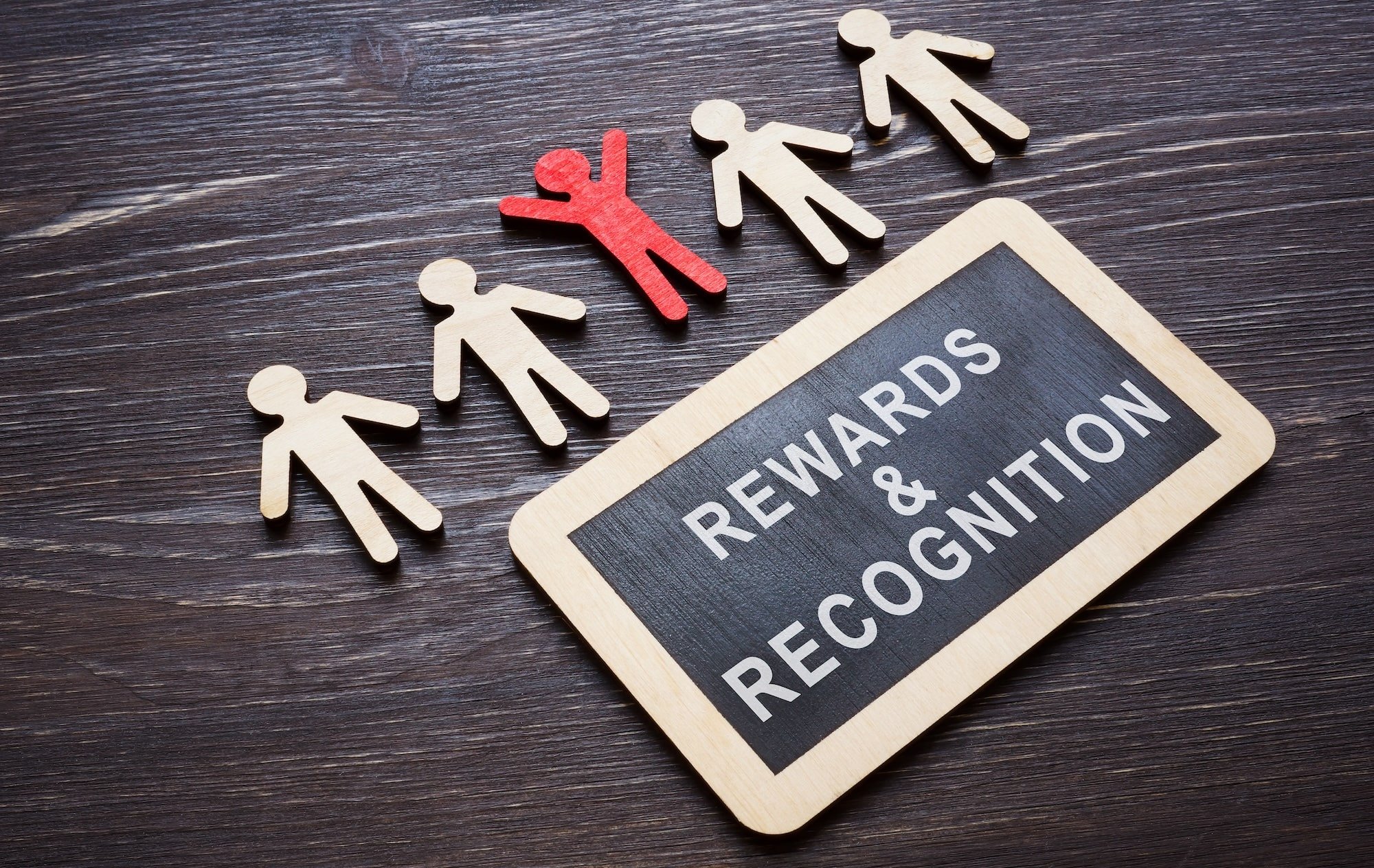It’s no surprise that an engaged workforce is a productive one, so how can you make sure your employees are fully invested in the business and avoid the highway to the “disengagement danger zone”?
Engaged employees have a deeper understanding of their company, allowing them to make better decisions for their company and clients.
Engaged employees are more productive and innovative because they love what they do and genuinely care about their business’s success. It’s definitely worth investing the time in making sure they are fully on board. Discover three ways to remove the disengagement roadblocks and start engaging your people.
1. Embrace open and honest communication on your platform
Transparent communication is the foundation for an engaged workforce. Gone are the days of a top-down working culture – one where the untouchable c-suites work in isolation from others and create a distrusting (and somewhat sceptical) work environment.
In today’s world, staff now demand meaningful relationships with their employers and expect communication to be open and honest, and inclusive.
Withholding information from employees diminishes trust, and once that trust is lost, it’s extremely hard to win back. It is important to be open with employees from the outset. Putting collaborative systems in place like Dropbox, Google Docs, Slack and your employee communications tools can help bring employees closer to company updates and one-to-one communications to stay informed.
You can take it a step further by embracing employee engagement mobile trends and reaching your people where they are. Making as much information visible as possible instills loyalty by creating a well-informed workforce that can better support the company.

Equally important is clarity of direction. Everyone wants to feel connected to something bigger and feel like they’re working towards a larger goal. My team is constantly collaborating with the leadership team to gain insight and share it using expert storytelling techniques.
Organisations should also encourage management to create engaging and inspiring ways to articulate the company mission and values internally. This can be done in a whole range of great, low-cost ways, such as introducing a “Friday round-up” created by the CEO and shared via internal blogs or a private Facebook group.
Or get creative with a short video recording, outlining important business updates and acknowledging employees’ hard work. Make sure the company values are the foundation of every update, adding to your efforts to better align everyone with company goals.
2. Foster a community of engagement champions
Encouraging meaningful relationships between employees, managers and leadership helps build a high-trust culture. If staff can depend on each other, communication flow will increase and help business productivity – so, how do you help colleagues forge real friendships?
One recommendation is to host social events, incorporating team-working elements and friendly competition. For example, office sports teams or team trivia nights are a great way to get to know colleagues in a more relaxed environment and connect with people who share similar interests.
Social activities will also help new hires integrate into the team successfully, which is key to fostering community culture from the outset. Additionally, employees should also be encouraged to build relationships outside the organisation through networking.
Encourage staff to connect with thought leaders on platforms like LinkedIn, comment on their content and share interesting articles. Show employees how they can build relationships with peers and potential mentors, like reaching out for a coffee or lunch meeting.This will help them develop a sense of authority over their career.
Take this a step further, and encourage employees to meet up with people from different teams to get a better understanding of other projects that may not be in the spotlight as much as others. You can also use an employee experience platform to highlight great work through inclusive communications and shine a spotlight on collaboration.
When employees connect with each other and are passionate about improving employee connections, you’ll start fostering a community of engagement champions.
3. Embed a culture of continuous recognition
Recognition is a highly effective tool for employee engagement as it satisfies the basic human need of being appreciated. As each individual business and employee is different, there is no "one-size-fits-all" approach to implementing an effective recognition program. It’s important to listen to your workforce and get feedback while the program is being developed (before you launch).
The best way to gather employee opinions is to conduct a survey asking questions about their reward preferences. Uncover whether they prefer financial or non-financial rewards and how they want recognition and rewards articulated to the wider audience.

If something doesn’t happen, you should let your employees know why. One thing that will guarantee successful recognition is providing rewards that are personal to the individual. Take time to understand your colleagues’ likes and dislikes, and then reward them with something they will truly appreciate to make employee recognition meaningful.
Most important, however, is to ensure that employee recognition is timely and visible to the entire workforce. Instead of long-standing annual events, implement a quick and easy process that encourages in-the-moment recognition across departments and teams.
That’s one reason I think our Wow Wall – what we call our social recognition wall – is so effective. It’s a simple and cost-efficient way to ensure that no one is overlooked or undervalued and helps create a culture of continuous recognition.
Your internal communications can be utilised to your advantage to increase employee engagement. How will you work towards removing the roadblocks and combat disengagement in the workplace?
 Catrin Lewis
Catrin Lewis




